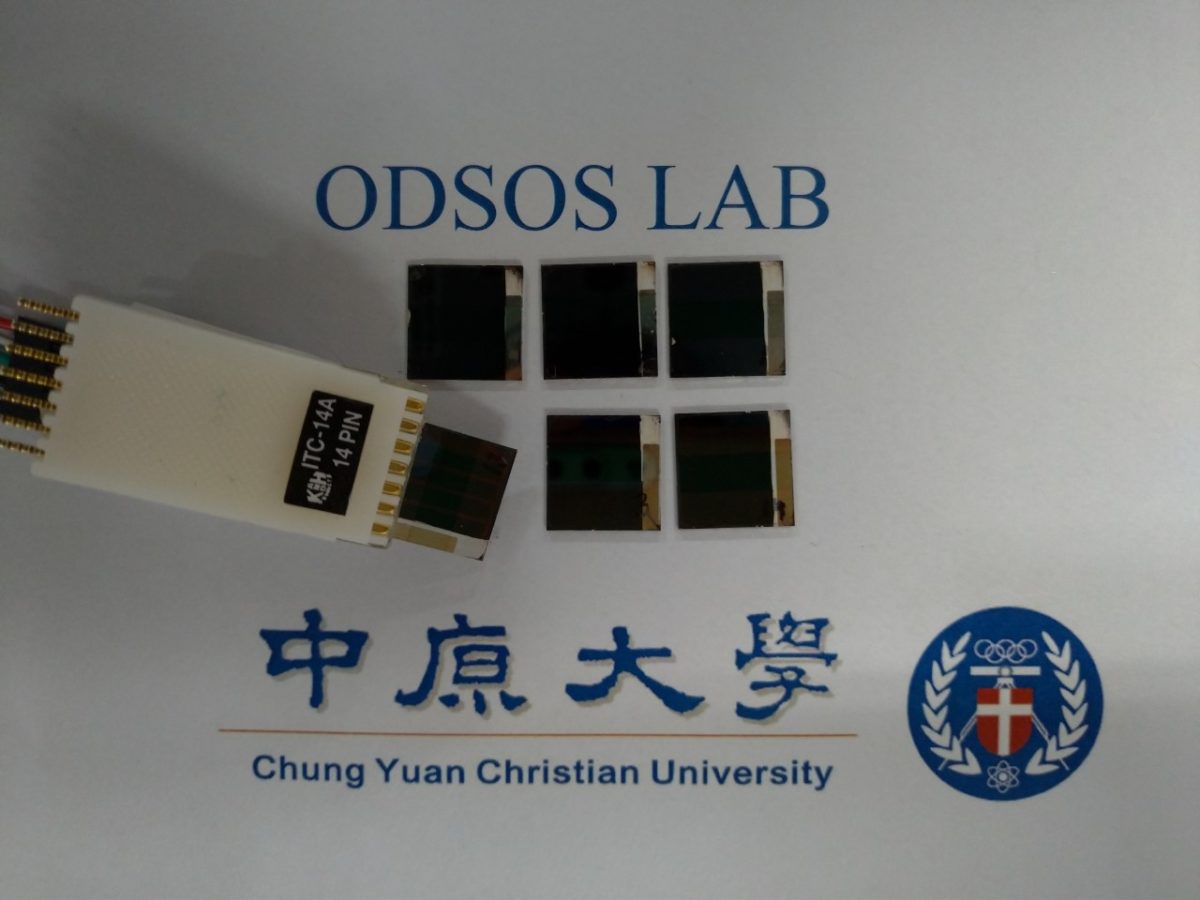Scientists from the Chung Yuan Christian University, in Taiwan, have achieved 20.29% efficiency in a perovskite solar cell based on methylammonium lead iodide (MAPbI3) by using a solvent penetration (SP) technique in combination with a spacer based on phenyl-C61-butyric acid methyl ester (PCBM), which is an effective solution-processable, n-type organic semiconductor.
The research group used bathocuproine (BCP) molecules solutioned in three different organic solvents: methanol, ethanol, and isopropyl alcohol (IPA). BCP is a well-known cathode interlayer exhibiting improved electron extraction as well as exciton blocking properties, which has already been utilized in organic photovoltaic (OPV) devices and other perovskite cells. “In our study, the penetration of the three solvents and the BCP small molecules were observed for the first time,” research co-author, Sheng Hsiung Chang, told pv magazine. “The penetration of BCP small molecules into the PCBM thin film and the PCBM/MAPbI3 interface can increase the carrier mobility in the PCBM thin film and passivate the electron-poor defects at the PCBM/MAPbI3 interface, respectively.”
The academics spin-coated the solvents on top of the PCBM spacer, the perovskite layer, and the glass substrate, to separate the effects from the solvents and the BCP molecules. Furthermore, they used a polyelectrolyte (P3CT-Na) thin film as hole transporting material instead of commonly-used thin films based on PEDOT:PSS, which is a conjugating-based polythiophene polymer. P3CT-Na is generally claimed to improve a perovskite cell's performance due to its better crystal properties and larger grain size and the scientists said it was able to increase the cell's efficiency from 13.56% to 20.29%.
“When the ethanol or IPA is used in the solvent treatment process, the increase in the shunt resistance and the decrease in the series resistance indicate that the PCBM/MAPbI3 interfacial contact quality is improved,” they stated. “The elimination of the s-shaped characteristic in the J-V curve means that the solvents used in the treatment process can penetrate into the PCBM and MAPbI3 thin films.” An s‐shaped JV curve is obtained when the extraction of majority carriers is, for some reason, impaired.
The penetration of the solvents is said not to influence the electronic and electrical properties of the PCBM thin film, which can act as a filter in the solvent penetration process as a consequence. “The understanding of the spin-coated BCP/solvent-penetration process helps us open up a new path for increasing the photovoltaic performance of solution-processed perovskite solar cells,” the researchers concluded.
Their findings were presented in the study On the role of solution-processed bathocuproine in high-efficiency inverted perovskite solar cells, published in Solar Energy.
*The article was updated to specify that the Chung Yuan Christian University is based in Taiwan and not in China, as we previously reported.
This content is protected by copyright and may not be reused. If you want to cooperate with us and would like to reuse some of our content, please contact: editors@pv-magazine.com.




By submitting this form you agree to pv magazine using your data for the purposes of publishing your comment.
Your personal data will only be disclosed or otherwise transmitted to third parties for the purposes of spam filtering or if this is necessary for technical maintenance of the website. Any other transfer to third parties will not take place unless this is justified on the basis of applicable data protection regulations or if pv magazine is legally obliged to do so.
You may revoke this consent at any time with effect for the future, in which case your personal data will be deleted immediately. Otherwise, your data will be deleted if pv magazine has processed your request or the purpose of data storage is fulfilled.
Further information on data privacy can be found in our Data Protection Policy.